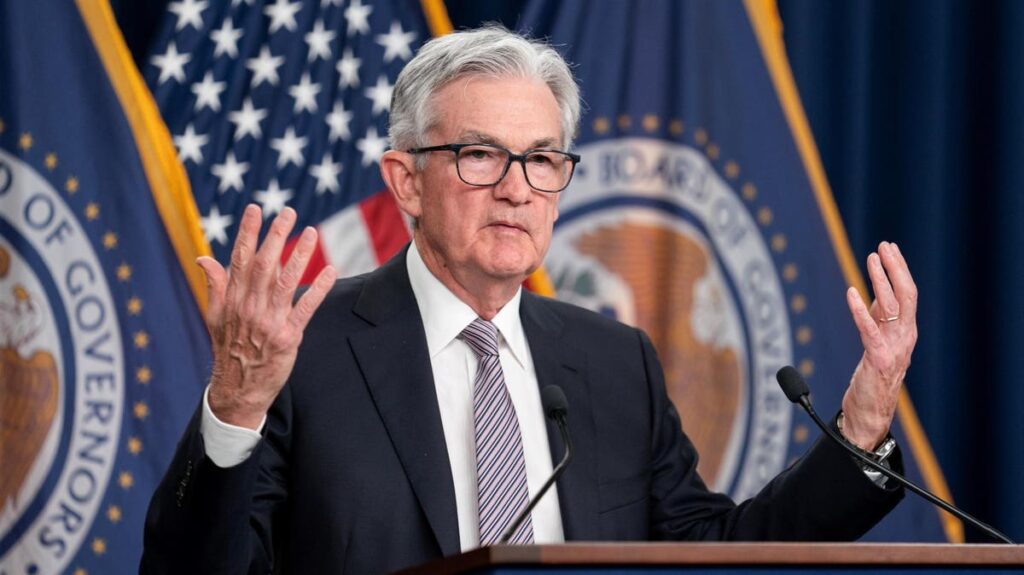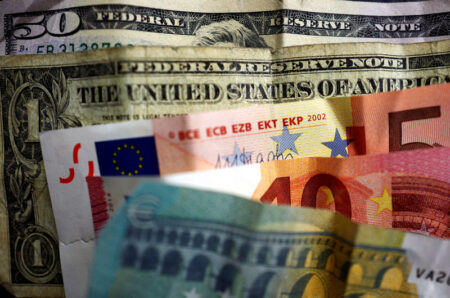Topline
The S&P 500 has already rallied to a 14-month thanks in part to Wall Street’s optimism about the Federal Reserve pumping the brakes on its monetary tightening campaign—and history suggests the index could surge considerably more should the central bank officially put an end to hikes Wednesday.
Key Facts
The S&P 500 gained 16.8% on average in the 12 months following the prior six conclusions to Fed tightening cycles—far outperforming the index’s historic 12% annual return, according to FactSet data analyzed by Forbes.
A 16.8% increase would propel the S&P from about 4,380 points to above 5,100, shattering the index’s all-time peak of 4,793 achieved in December 2021.
Investors widely expect the Fed to keep the federal funds rate flat at 5% to 5.25% at the conclusion of its policy meeting Wednesday afternoon, though there remains a strong possibility that the Fed will raise rates again at some point before bringing rates off of their 17-year highs.
Even if the Fed reverses course, the data supports bullish investors’ sentiments: The S&P gained 18.9% on average in the 12-month period following the first, but not necessarily the last, pause in the four tightening cycles since 1990.
The S&P gained 46.2% three years after the conclusion of its prior six hiking cycles, also outperforming historical returns.
Key Background
The Fed began the current tightening campaign last March, breaking out the strongest mechanism in its toolkit to fight inflation, which hit a 41-year high last summer. After several months of limited progress, consumer prices considerably came down recently, with inflation hitting 4% last month on an annual basis, its lowest level in more than two years, but still far higher than the central bank’s 2% target.
Contra
The S&P is up 15% year-to-date and more than 25% since last fall. The index now trades at a roughly 25 price-to-earnings ratio, a valuation metric which compares share prices to projected future earnings and historically sits at about 16. This valuation is far too rich for many experts’ tastes, including Morgan Stanley’s top strategist Michael Wilson, who wrote Monday he believes “a Fed pause may awaken the bear tactically” as the market properly prices in what lower inflation truly means for corporations: A weakened consumer. Morgan Stanley projects the S&P will sit at 4,200 this time next year, declining 4%.
Big Number
22.5%. That’s how much the S&P gained in the 12-month stretch immediately following prior tightening campaigns, excluding the dot-com stock bubble which burst at the turn of the millennium. Such a rally would send the S&P to nearly 5,400, a dramatic 54% rise from its 2022 trough of 3,492.
Read the full article here













